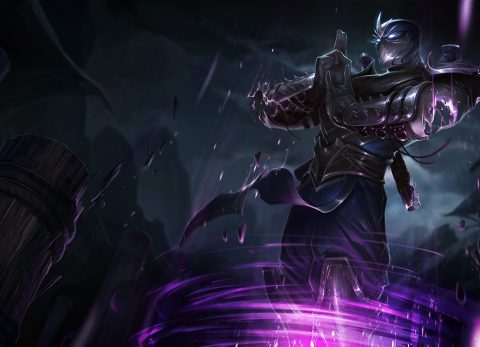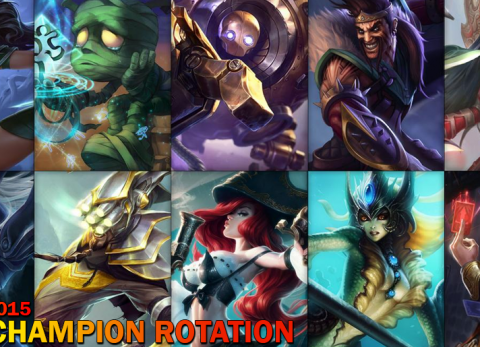lmost one year ago, we debuted a new way to play League of Legends in a silly, fun game mode that turned competitive balance on its head in celebration of the yearly troll-fest known as April Fools. While we were ultimately kidding, many of our designers saw the opportunity to work on a true evolution of League gameplay inspired by URF. After reviewing player feedback and hammering out brass tacks, we felt confident we created the most refined gameplay experience League has inspired yet, all in time to iterate in preparation of the next competitive season.
What we’re calling New Ultra Rapid Fire raises the stakes by delivering a slow, sophisticated, and stoic strategic showcase that tests teams’ abilities in new and dynamic ways while not restricting the highest tier of play to those with sub-millisecond response times.
Normally, a League match is a fast-paced slugfest that ranges from top to bottom lane and across Summoner’s Rift. We want to broaden the pool of high-level talent to include expert tacticians previously excluded by something so trivial as the necessity of hyper-twitch reflexes.
There’s a lot to talk about, but with the entirely accidental leaks of some New Ultra Rapid Fire assets, we thought it’d be better to just show you. Tomorrow, we’ll release the proverbial kraken known as New Ultra Rapid Fire to live servers.
Here’s a preview of some of the gameplay refinements coming tomorrow night when New Ultra Rapid Fire debuts:
- +100% mana and energy cost on all abilities
- +200% cooldown inflation on abilities, items and summoner spells
- +225 movement speed reduction
- +200% delay between basic attacks
- Critical strikes deal 50% of base AD
- Units critically strike on 150% of attacks
Will the upper limit of the potential for human competition skyrocket with the introduction of New Ultra Rapid Fire? Can you rise to the resulting challenge? Can a mere man defeat a manatee? When it comes to League of Legends, that last answer is indubitably yes, but no matter. The gauntlet is thrown. Hoist it at thine own risk.





